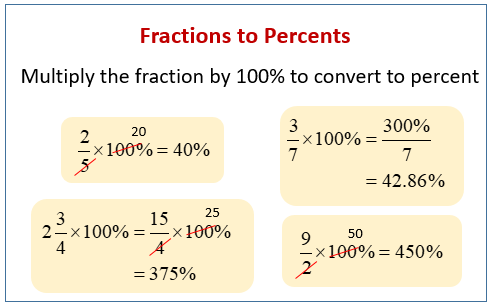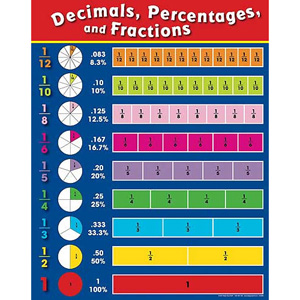

How to convert decimal numbers to percentagesĬonverting a decimal number to a percentage involves multiplying the decimal by 100 and adding a percent sign (%). For example, 50% represents the number 0.5, or half of 100. What is a percentage?Ī percentage is a way of expressing a number as a fraction of 100.

For example, 0.5 is a decimal number that represents half of the number one. What is a decimal number?Ī decimal number is a number expressed in the base-ten system, which means that it includes decimal points to represent fractions of whole numbers. In this article, we'll explain how to convert decimal numbers to percentages and provide examples, tables, and step-by-step instructions to guide you through the process. It's essential to know how to do this conversion quickly and accurately, so you can perform calculations and make comparisons between numbers. Global Rank: Position held by Australia in the list of all countries worldwide ranked by population (from the highest population to the lowest population) as of July 1 of the year indicated.Converting decimal numbers to percentages is a common task in math, finance, and other fields. World Population: Total World Population as of July 1 of the year indicated. Urban Population: Population living in areas classified as urban according to the criteria used by each country.Ĭountry's Share of World Pop: Total population in the country as a percentage of total World Population as of July 1 of the year indicated. Urban Pop % : Urban population as a percentage of total population. It is calculated as the average number of children an average woman will have during her reproductive period (15 to 49 years old) based on the current fertility rates of every age group in the country, and assuming she is not subject to mortality.ĭensity (P/Km²): (Population Density) Population per square Kilometer (Km²). This parameter provides an indication of age distribution.įertility Rate: (Total Fertility Rate, or TFR), it is expressed as children per woman. Median Age: age that divides the population into two numerically equal groups: half of the people are older than the median age indicated and half are younger. A negative number means that there are more emigrants than immigrants. Migrants (net): The average annual number of immigrants minus the number of emigrants over the preceding five year period (running from July 1 to June 30 of the initial and final years), or subsequent five year period (for 2016 data). For all other years: average annual numerical change over the preceding five year period. Yearly Change: For 2023: absolute change in total population (increase or decrease in number of people) over the last year (from Jto June 30 2023). For all other years: latest year annual percentage change equivalent assuming homogeneous change in the preceding five year period, calculated through reverse compounding.

Yearly % Change: For 2023: percentage change in total population over the last year (from Jto June 30 2023).

World Population Prospects: The 2022 Revision. Population: Overall total population (both sexes and all ages) in the country as of July 1 of the year indicated, as estimated by the United Nations, Department of Economic and Social Affairs, Population Division. Year: as of July 1 of the year indicated. This value can differ from the Yearly % Change shown in the historical table, which shows the last year equivalent percentage change assuming homogeneous change in the preceding five year period. The Yearly Population Growth Rate chart plots the annual percentage changes in population registered on July 1 of each year, from 1951 to 2023. The Population of Australia (1950 - 2023) chart plots the total population count as of July 1 of each year, from 1950 to 2023. The Australia Population (Live) counter shows a continuously updated estimate of the current population of Australia delivered by Worldometer's RTS algorithm, which processes data collected from the United Nations Population Division.


 0 kommentar(er)
0 kommentar(er)
